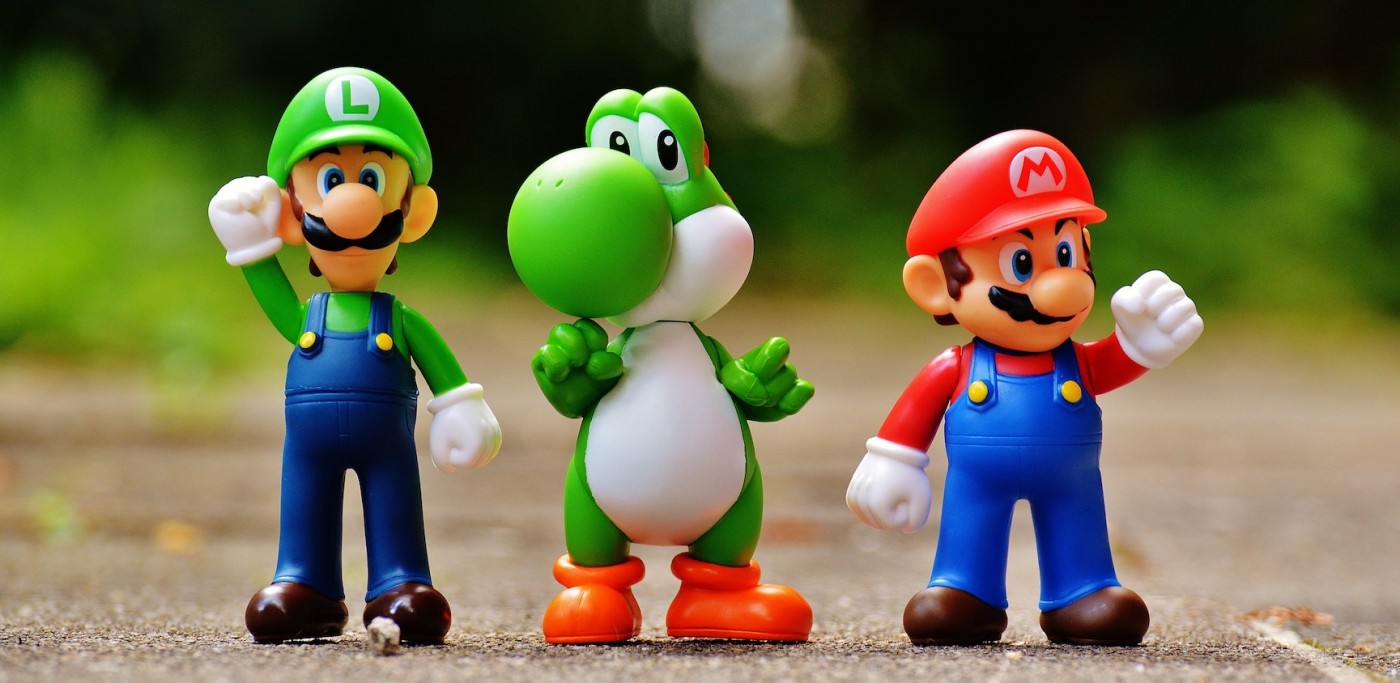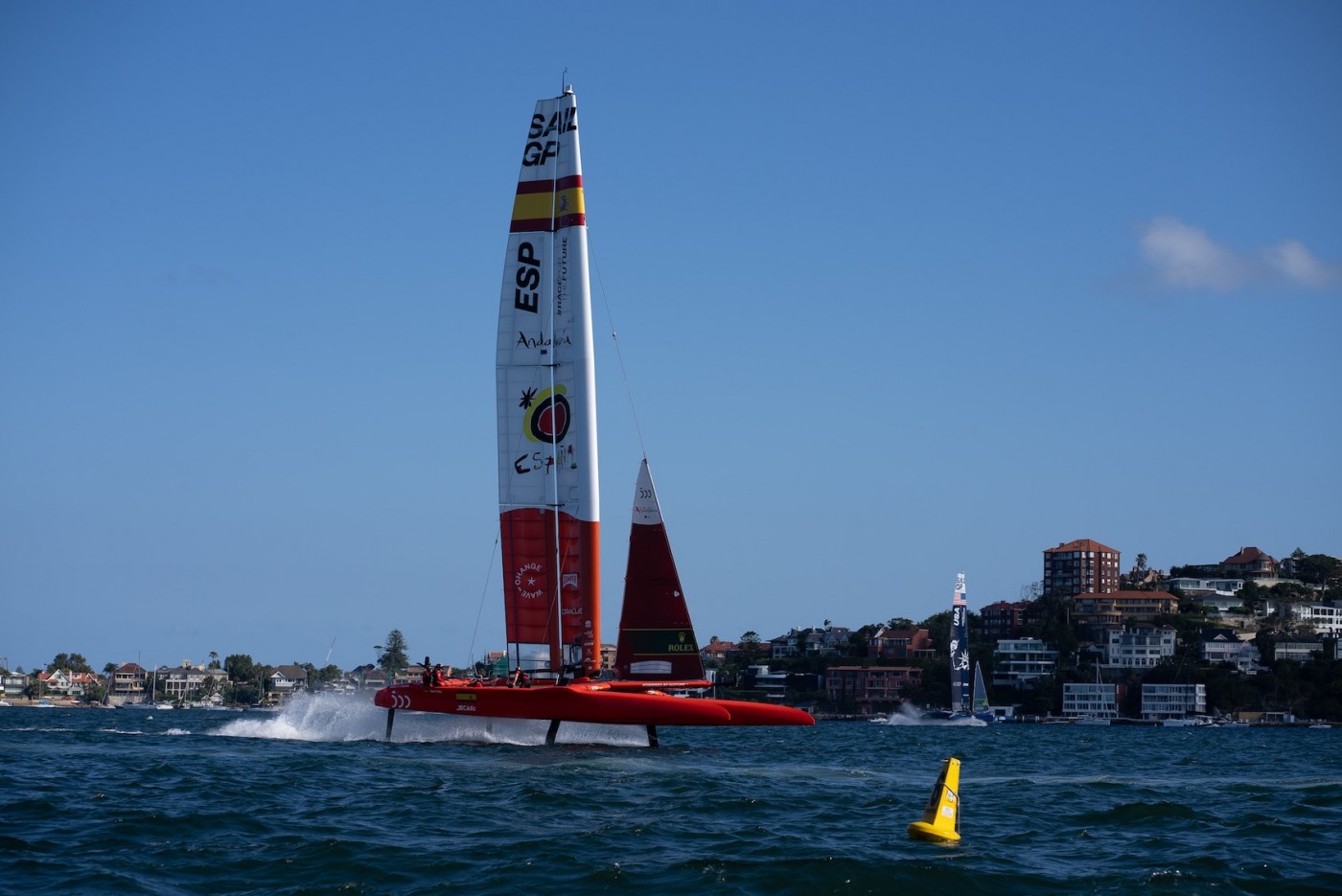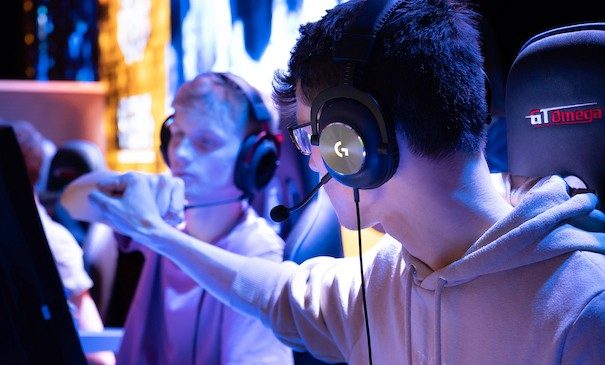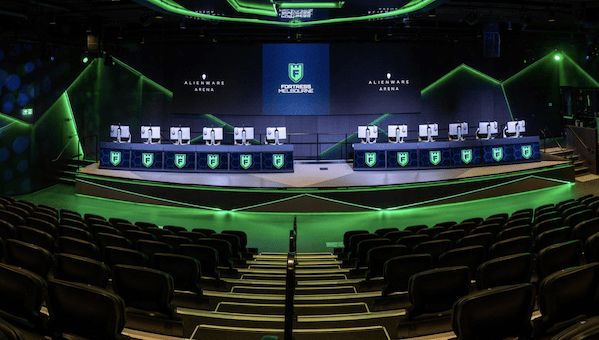In the in-game advertising world, tension is mounting between intrinsic ads and immersive brand experiences is an article published by Digiday on 25th April 2023 that Strive’s Managing Director, Malph Minns, contributed to.
As brands increasingly look to reach gamers in their natural habitat, stakeholders in the gaming advertising world are coalescing into two camps: those porting programmatic adtech into games via intrinsic in-game ads, and those integrating brands into more immersive gaming experiences. As these two sides increasingly compete for marketers’ gaming budgets, the tension between them is mounting.
Last month, Epic Games CEO Tim Sweeney caused a stir by coming down hard on in-game ads in a Q&A with Digiday. But for many executives and observers in the space, Sweeney’s comments disparaging in-game billboards came as no surprise; it’s a drum he has been beating for years. But despite Sweeney’s statements that he “hates advertising in games,” Fortnite is arguably chock-full of ads in the form of brand integrations, the equivalent of Hollywood product placement for gaming.
That isn’t to say that Sweeney’s comments didn’t come across as good sense to many marketers in the space.
In-game advertising faces some challenges
“I agree with Tim wholeheartedly; I am almost 99 per cent aligned with what he said,” said Brent Koning, the global gaming lead at Dentsu. “When you look at in-game advertising, just generally as an industry, there are some challenges. Candidly, we have just RFP’ed all of the major in-game advertising partners, and a lot of those platforms are saying very, very similar things.”
Still, while Sweeney’s points are fair, it’s hard to deny that they favour the work his company is doing over other companies’ efforts to integrate brands into games. The argument that Fortnite’s brand integrations are more seamless than other forms of in-game advertising ignores the higher barrier to entry of this format. Compared to intrinsic in-game ads, which can be placed programmatically inside game environments, bespoke branded game worlds and in-game items require more pre-development and consistent updates to be effective. And as seamless as these integrations are, they aren’t necessarily easy to scale up — which is a prerequisite for any big advertising play.
“If you look at the cost of building experiences within Roblox or Fortnite, in terms of attracting people to that and then maintaining an ongoing experience, that’s a much bigger commitment of resources than delivering more transactional advertising,” said Malph Minns, managing director of the agency Strive Sponsorship. “So I think there’s actually room for both.”
Click here to read the full In the in-game advertising world, tension is mounting between intrinsic ads and immersive brand experiences article on Digiday.
Looking for in-game advertising advice?
If you’re looking for advice from an esports or gaming agency, Strive Sponsorship can help. Contact us for esports, sports, sponsorship, marketing, commercial, content, media, investment, and communications consultancy services.
Frequently asked questions
What is one example of in-game advertising?
Perimeter board signage and jersey branding within EA SPORTS FC (Formerly FIFA) are examples of intrinsic in-game ads.
What is advertising in games called?
Strive Sponsorship has identified 16 different ways brands can be integrated into video games. Two of the most popular methods currently are programmatic intrinsic in-game ads (i.e. authentic and realistic ads that display on game assets like advertising boards or buildings etc) and immersive gaming experiences/worlds (i.e. branded environments, experiences and events within virtual worlds like Fortnite, Roblox, The Sandbox etc).
How do in-game ads work?
There are a variety of mechanisms by which in-game ads work. It could be programmatic video and display ads in mobile games (in-game or within menus etc), dynamic integrations (e.g. brand name on the jersey of EA Sports FC teams), or the creation of immersive gaming experiences/worlds like Ronald McDonald House in Roblox.














